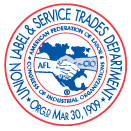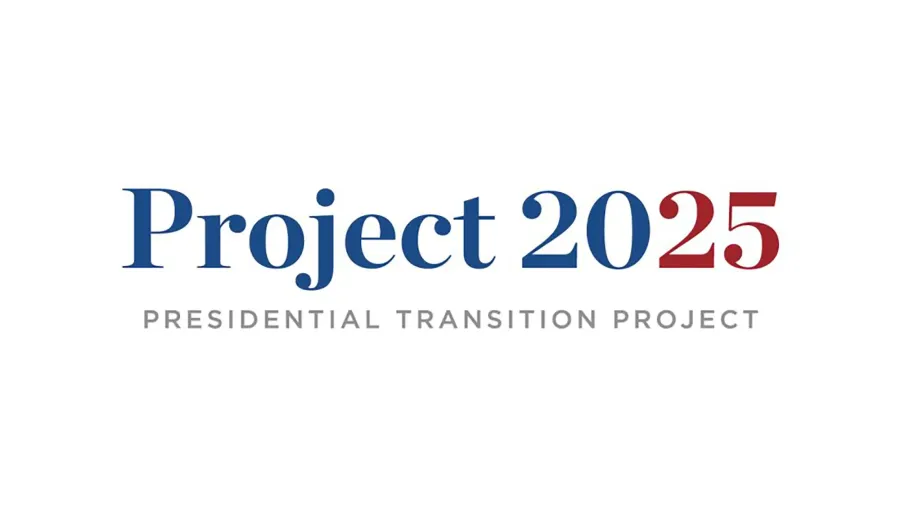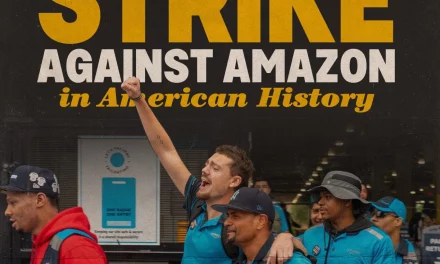“When somebody takes the time to draw up a playbook, they’re going to use it.” — “Coach” Tim Walz, Minnesota Governor and Vice Presidential running mate to VP Kamala Harris
The Threat of Project 2025 to Labor Unions and Worker Rights
Project 2025 is a sweeping, nearly 1,000-page policy blueprint crafted by wealthy donors and former Trump Administration officials. It poses a significant threat to labor unions, worker rights, and the quality of life for millions of Americans. The provisions within Project 2025 are part of a broader agenda aimed at weakening unions, reducing worker protections, and increasing the power of employers. Should Donald Trump be re-elected in November, this plan stands to undermine critical protections, dismantle essential programs, and prioritize the interests of corporations and right-wing extremists over those of working families.
Key Supporters of Project 2025
The architects of Project 2025 include a cadre of former Trump officials and influential conservative organizations. At least six former Trump Cabinet secretaries, along with other prominent figures from his administration, have contributed to or advised on the plan. The project is heavily funded by the Heritage Foundation, the Koch Brothers, the American Legislative Exchange Council (ALEC), and others. ALEC, known for its anti-labor stance, has pushed legislation aimed at weakening unions, such as prohibiting paycheck deductions for union dues and legalizing so-called right-to-work laws. The Heritage Foundation has a history of advocating for cuts to social security, raising the retirement age, and rolling back voting rights, further illustrating the anti-worker ideology driving Project 2025.
Impact on Labor and Employee Rights
- Abolishment of Public Sector Unions: One of the most significant measures in Project 2025 is the proposed elimination of public sector unions (p. 82). This would severely diminish the collective bargaining power of public employees, making it easier for employers to impose unfavorable working conditions.
- Reclassification of Workers: Project 2025 proposes reclassifying employees as independent contractors, stripping them of essential labor protections (p. 591). This reclassification could lead to widespread misclassification, reducing the number of workers eligible for union membership and labor rights
- Elimination of Card Check Union Recognition: The plan seeks to discard the “card check” method for union recognition, which allows employees to form a union if a majority signs authorization cards (p. 603). Instead, secret ballot elections would be mandated in all cases, making it more difficult for unions to form.
- Repeal of Prevailing Wage Laws: Project 2025 seeks to repeal all prevailing wage laws, which ensure workers on federal projects are paid at least the local standard wage (p. 604). This would result in lower wages for workers on federal projects, further eroding their financial security.
- Rescinding Overtime Pay Guarantees: Under Project 2025, employers would be allowed to define the work week over a period of up to four weeks, rather than the current one-week period (p. 587 and 592). This change would enable employers to limit overtime pay, significantly impacting approximately 4.3 million workers.
- Decertification and Right-to-Work Legislation: The project supports the automatic decertification of unions and the expansion of right-to-work laws, which could severely weaken union membership (p. 599). This would make it easier for employers to undermine unions and reduce workers’ bargaining power.
- Weakening of the National Labor Relations Board (NLRB): Project 2025 outlines strategies to reduce the enforcement capacity of the NLRB, making it harder for workers to unionize and protect their rights (p. 80).
Broader Implications
Beyond its direct impact on labor and worker rights, Project 2025 also threatens to roll back various civil rights protections, particularly those related to diversity, equity, and inclusion programs. The plan seeks to eliminate affirmative action for federal contractors and subcontractors, roll back protections for LGBTQ+ individuals, and implement broad religious exemptions that could allow employers to discriminate based on gender, sexual orientation, and other protected characteristics.
Moreover, Project 2025 calls for the privatization of Medicare, which would raise costs for prescription drugs and eliminate provisions that allow Medicare to negotiate lower prices (p. 465). The plan also seeks to dismantle the Consumer Financial Protection Bureau (CFPB), leaving consumers vulnerable to financial exploitation (p. 839).
Project 2025 is a comprehensive and deeply troubling policy agenda that poses a significant threat to labor unions, worker rights, and the broader American workforce. By undermining critical protections and dismantling essential programs, this plan prioritizes the interests of corporations and ideological extremists over those of working families. If implemented, Project 2025 would have far-reaching and devastating consequences for millions of Americans, further entrenching inequality and eroding the rights and protections that workers have fought for decades to secure.








